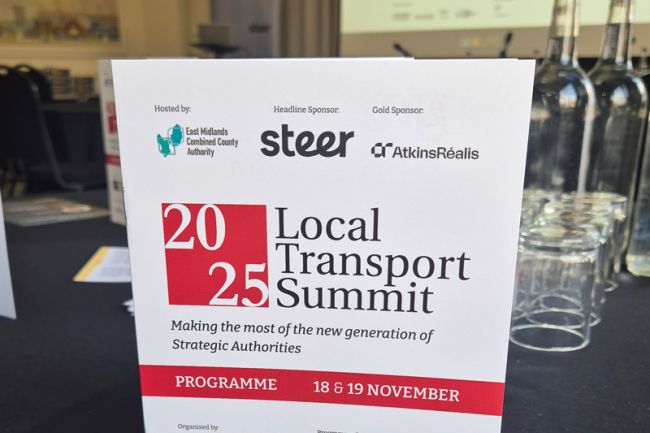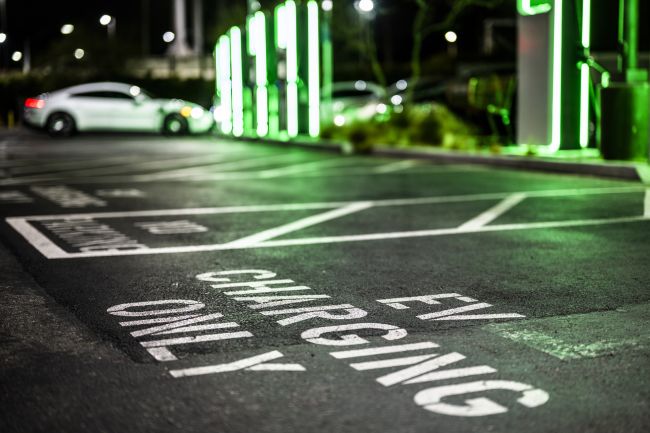The art of going underground
Steer has been working with architects to move as many facilities as possible out of sight and into the basement.
The design of new developments needs to make the ground floor, used by all those who enter the building, as attractive and uncluttered as possible. Steer Davies Gleave has been working with architects to move as many facilities as possible out of sight and into the basement.
Modern developments rely on the activity of their users to generate income and to attract custom. Their operation and servicing needs to be efficient, effective and, if possible, invisible, but how can the relevant facilities be provided without reducing the attractiveness of the ground floor?
The trend to mixed-use developments increases the range of services which need to be provided within each building. Larger developments increasingly solve this problem by putting service functions underground and allowing maximum use to be made of the ground floor. But doing so is expensive and challenging, particularly if access is required by large vehicles.
Steer Davies Gleave has been working with KPF architects to provide an optimal solution for the operational needs of the One Nine Elms (ONE) scheme. When completed this will provide over 490 residential apartments, a 180-room 5 star Wanda Hotel, and top class restaurant and banqueting facilities. The scheme has included provision of all the ‘back of house’ facilities within a two-level basement reached by a ramp from the street away from the main pedestrian flows. We produced a detailed 3D model of the ramp to confirm that it met the local authority’s requirements for gradients and turning movements. We also integrated a detailed 3D representation of the ramp directly into the architects’ Revit model.
The solution also needed to deal with operational requirements ranging from daily restaurant deliveries to cardboard recycling. A key aspect of service provision is the management of waste, which is generally bulky and often unattractive but, with improvements in the technology of chutes and compactors, can now be handled in smaller spaces. Commercial waste operators are also improving their services and, while compacting and recycling are already common, new options such as onsite composting and organic waste dewatering can bring further benefits.
One of the few uses of a basement which can generate an income is car parking, which also needs to be space-efficient. For ONE we reviewed options ranging from car stackers to juke-box-like automated parking systems, and established that the most efficient use of the space available would be valet parking.
Going underground is not simple or cheap, but a combination of the latest technology, space-efficient design and carefully thought through facilities management means that basements are the hidden gem of many tall buildings. Thanks to them, the ground floor can provide an environment which meets and exceeds the expectations of users and can remain ‘the star of the show’.
Written by Mathew Booley.

























